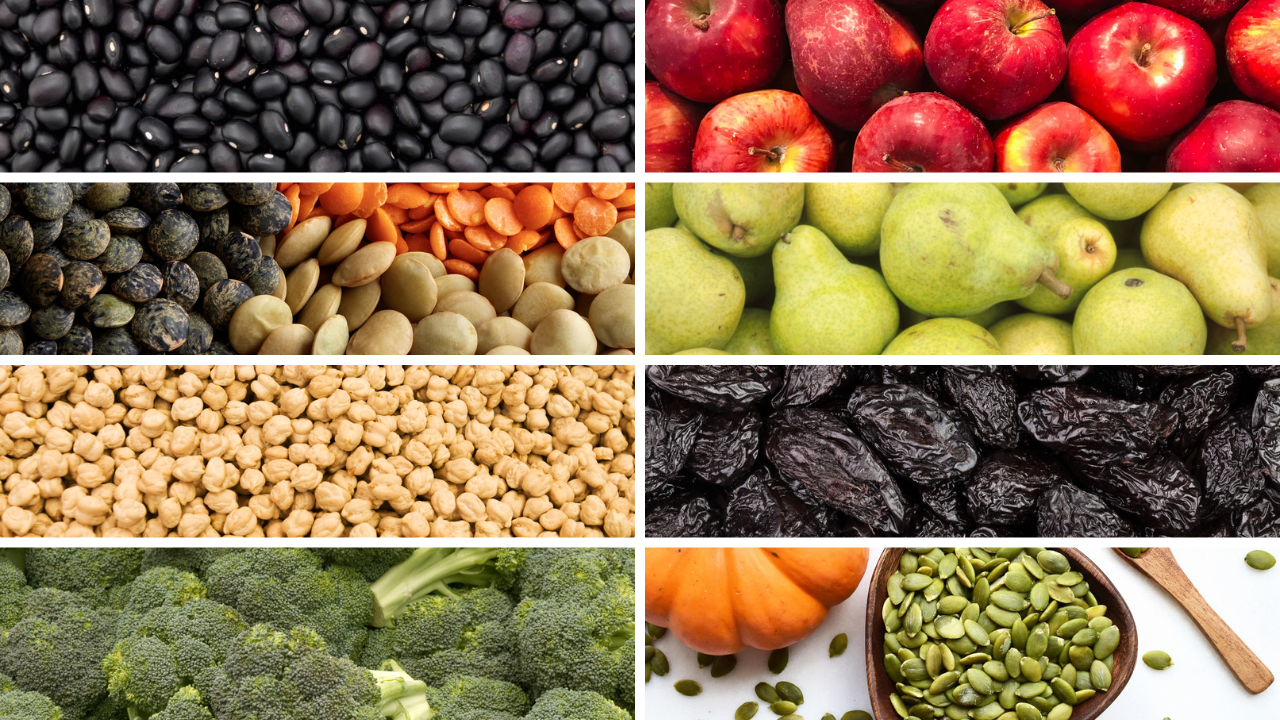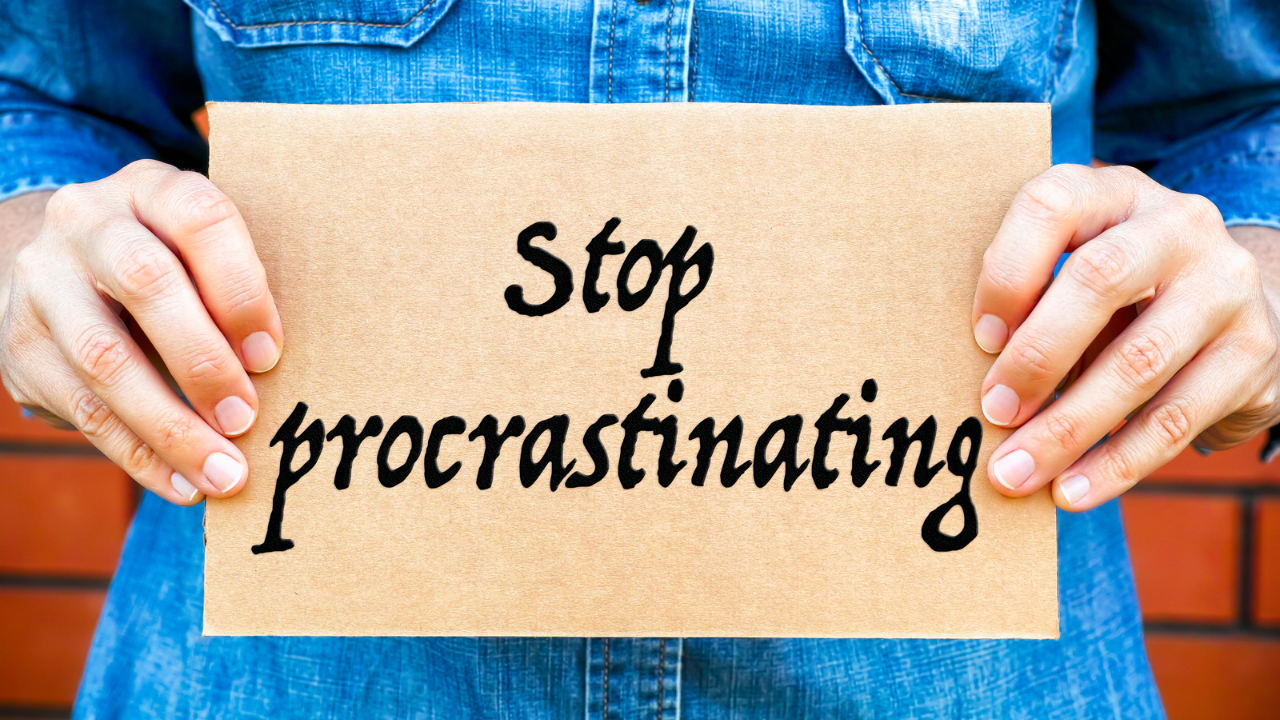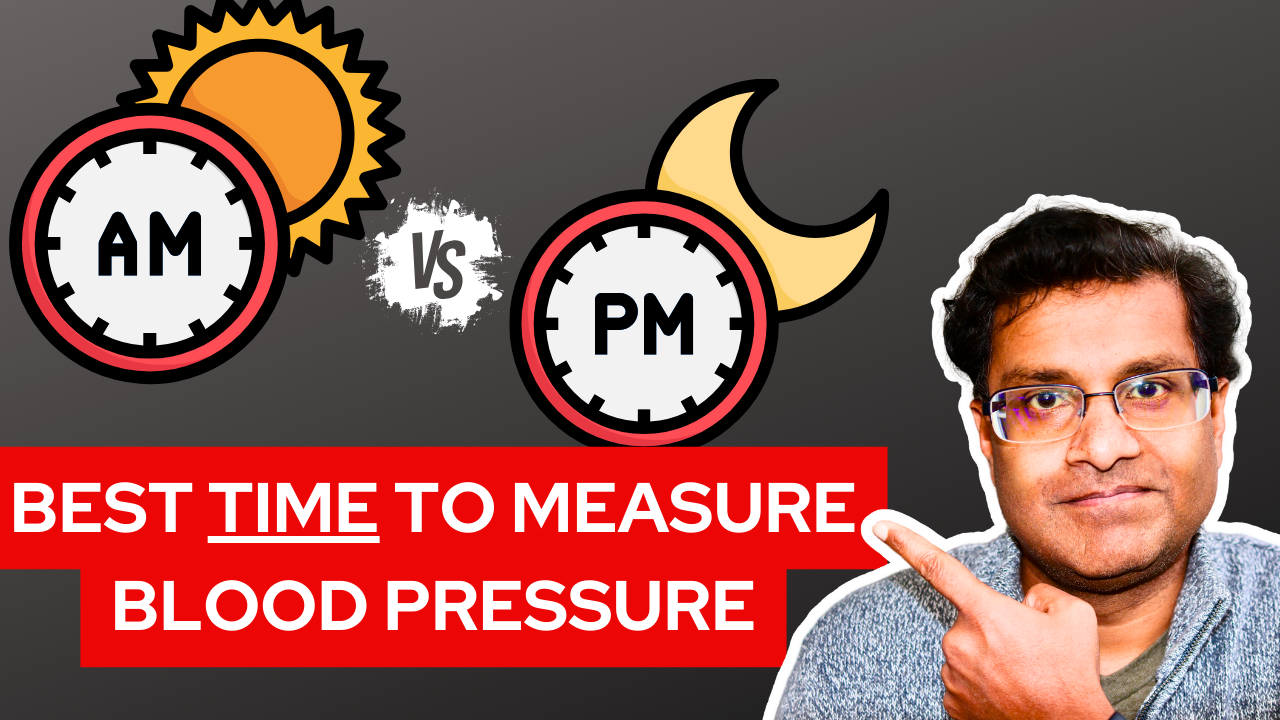Are you sitting on your toilet and you’re unable to go?
Are your stools hard and difficult to pass?
Do you have the feeling that your bowels are not completely emptied?
This article will look at 10 tips to get rid of Constipation.
What is Constipation?
Constipation is defined when you have less than three bowel movements per week. Another way of looking at constipation is when you are having difficulty passing bowel movements or it’s hard for you to pass bowel movements. As a result of this you spend excessive time sitting on the toilet and straining.
When to seek a health care provider?
Most of the time constipation can be taken care of at home following lifestyle changes or the use of over-the-counter laxatives. But there are certain times when you might need to see your health care provider especially if it has been going on for more than three weeks, if it is associated with other alarming symptoms such as weight loss, blood in your stool, fevers or if there’s a sudden change to your normal bowel habits. Your healthcare provider apart from a physical examination might want to do further testing. Further testing might include blood tests, X-rays or even a colonoscopy.
TIP #1
Establish regular bowel habits
Go to the bathroom daily around the same time. In this way you are establishing regular bowel habits and conditioning your defecation reflex.
Tip#2
Drink plenty of water

Drink about 8 glasses of water daily. Hydration is important for regular bowel movements. Stay away from sugary drinks as they can worsen your constipation.
Tip#3
Eat more fiber

The reason you want to eat more fiber is that it bulks up your stool. If your stool is bulked up it causes your colon to become wider and thus promotes stool movement along your GI tract. The recommended amount of fiber for men is 33g daily and women 28g daily. Examples of foods that are high in fiber are: black beans, lentils, chickpeas, broccoli, apples, pears, prunes, pumpkin seeds. This by no means is a complete list and there is a link below to the dietary guidelines here in the US, just remember some of these foods can cause flatulence and bloating
Tip#4
Exercise more
Exercise has been shown to improve symptoms of constipation. You don’t have to run a marathon or do vigorous exercise: walking, light jogging or even swimming should suffice because you’re moving you’re not leading a sedentary lifestyle.
Tip#5
Try coffee

Drinking coffee is associated with stimulating your gut. Coffee can help you with your constipation by acting on the muscles in your gut. Coffee might also have small amounts of soluble fiber which will help you in the act of passing stool.
Tip#6
Don’t put off going to the toilet
When you have the urge to go, GO! If you don’t go you’ll delay your bowel movement and contribute to constipation.
#Tip 7
Sit on the toilet properly
Follow these steps when you have difficulty going:




- Your knees should be higher than your hips. To help achieve this you can use a footstool.
- Lean forward and you can rest your elbows on your knees.
- Straighten your spine.
- Try bulging out your tummy. You can achieve this by inhaling and then exhaling which will open your anal opening.
- By doing all the steps you’re relaxing your pelvic floor muscles and the angle of your bowel straightens out making it easier for you to pass stool.
#Tip 8
Go the toilet after a meal
A good time to go to the toilet is after meal especially after breakfast or after lunch when your bowls are most active
#Tip 9
Eat prunes
Prunes contain a sugar alcohol called sorbitol. Sorbitol has a laxative effect. Prunes are seen as a natural laxative remedy.
#Tip 10
Try laxatives
I’ve intentionally left laxatives as a last tip because you should try all types of nonpharmacological methods first. Laxatives are medications and as with all medications they do have side effects.
The different types of laxatives include:
- Bulk forming laxatives can also be effective especially if you are not taking enough fiber in your diet. Examples of bulk forming laxatives are Psyllium (Metamucil) or methylcellulose(Citrucel).They work by absorbing water and in this way increase your stool mass. Common side effects are bloating and flatulence.
- Osmotic laxatives can be considered if bulk forming laxatives have been tried out without effect. Examples would be polyethylene glycol(Miralax) or Lactulose. If used excessively or in higher doses they too can cause bloating. They work by drawing water from the rest of your body to soften your stool and make it easier to pass your poo.
- Stimulant laxatives stimulate your GI tract and help with bowel movements. They do this by increasing muscle contractions in your GI tract and then can move the stool along. Examples would be Dulcolax or Senokot.They take about 6-12 hours to work.
2 Bonus tips:

- You can try using a stool softener such as Docusate also known as Colace. They work by pulling water from your GI tract ,making your stool moister. In this way your stool can pass from your body easier.
- Enemas can also be used. Examples of enemas are soap suds or fleet enemas. Enemas use liquid to push stool out of your GI tract by softening your stool.
If you’re interested in other videos, click right here or here have a good day and Think your health.
Sources:
- https://health.gov/sites/default/files/2019-09/2015-2020_Dietary_Guidelines.pdf
- https://www.medicalnewstoday.com/
- https://www.healthline.com/health/
- https://www.healthline.com/health/
- https://www.bladderandbowel.org/help-information/resources/toilet-positions/






